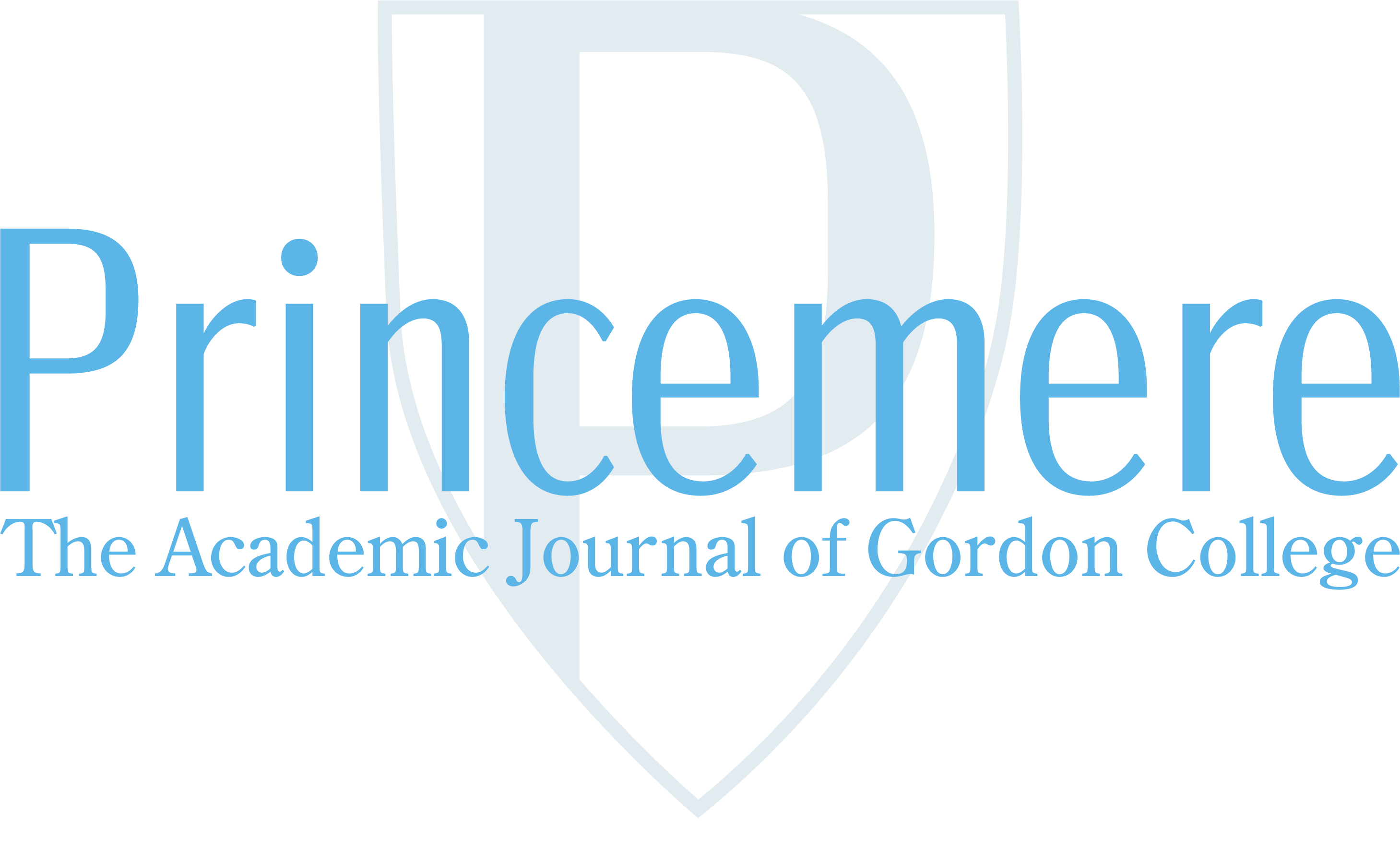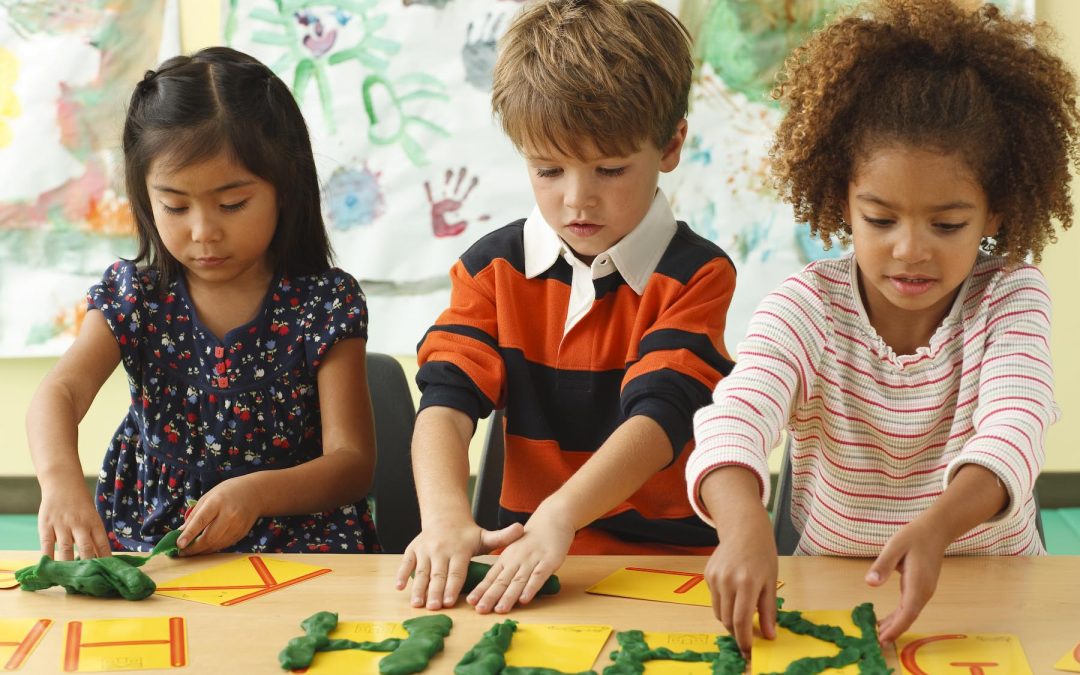Throughout our nation’s history, Americans have had to persevere and rise above hardships of the times. Among the most vulnerable and impacted by these national events were our country’s children. Schools and individual teachers have often strived to bring normalcy and peace to these children in times where the world around them seemed chaotic. Like many teachers in the United States’ past, a priority of every American should be to bring stability, continue to prioritize education, and responsively inform and equip children in the midst of national difficulties. Teachers specifically have this responsibility because a large portion of a child’s day is spent in school, but it is also the responsibility of adults in general to positively impact their well-being.
Prior to the Great Depression, American schools saw improvements in experiential learning and educational research. However, this time of educational improvement saw a transition when the deep financial struggles of the Depression came. Schools were hit significantly hard with closings and shortened school years, the elimination of programs, and a lack of funding for supplies. In addition, many children had to leave school for a time to assist their families in farming or other work. These factors caused deficits in childrens’ education. Beyond the academic challenges children faced, many were also in physical danger. Due to financial hardships countless families faced during these times, food became scarce and teachers had to not only think of the mental nourishment of their students, but also the physical. Because of this, “before teachers could attend to the educational needs of students, they reacted to the children’s malnourishment and lack of food in various ways” (Bauml, “On the Verge”) Often, teachers had to brainstorm ways to raise money for student lunches or make meals in the classroom themselves. For example, after ensuring the funding from her principal, one teacher in Fort Fairfield Maine bought food to make a meal with her class and gave each student a kitchen duty (Bellows).
Not all impacts on education were negative during this time. Many educational benefits came out of this period as schools and teachers sought to rise above the given circumstances. In unpredictable and devastating times, many teachers sought to bring a sense of normalcy to their student’s lives through the school day. Social studies became more of an integrated subject. While there were cuts in art, music, and physical education, teachers included many of these in social studies units. Social studies also often focused on teaching skills that were relevant to the day such as saving money, thrift, and character education that included teaching the value of hard work. Many schools worked with children in learning how to repurpose materials, such as through making their own school supplies. Teachers often shared stories and poems about sacrifice and generosity, to give students a sense of the severity of the economic times they were living in.
Though their jobs were threatened, teachers strived to improve education for students and give them a sense of hope, as well as provide them with tools and experiences that would help them be successful with the national circumstances.
With a new decade came new challenges as the U.S. entered the Second World War. This affected the lives of children in numerous ways. Many people at the time worried that “the United States might win the war against Axis Powers but lose the important battle for the American children’s physical and emotional health and welfare” (Tuttle, 2). Psychologically, there were many fears and anxieties surrounding the uncertain danger looming in the distance. Air raid drills and blackouts added to this apprehension and trauma. Emotionally, many children experienced the absence of a father who was at war. This coupled with the fact that many mothers were also heavily involved in the war effort, meant that the influence of school in a child’s life slightly increased.
Prior to Pearl Harbor and the eve of the U.S.’s participation in the Second World War, school was a place to “learn how to participate in a democratic society” (Bohan). Students had a more experimental and active role in learning, rather than being passive recipients of knowledge. During the Depression, American History classes were often viewed through a more critical lens. During the War, however, this critical analysis “became too risky to the war effort” (Bohan), and there was a greater shift to celebrating American institutions. Social studies teachers, therefore, focused on teaching students to be good citizens and instilling in them a sense of patriotism. School was also a place where many events of the war were addressed. For example, on the day after Pearl Harbor, many schools had assemblies to discuss this tragedy and to hear the words of the president on the radio. However, school itself could also be a place of trauma. Air raid drills sometimes occurred within the school building and some children “did not understand that these were drills and not actual attacks” (Tuttle).
The early Cold War brought its own gains and challenges into the lives of children. With the Space Race underway, the U.S. government saw a need to expand science and math programs and thus invested in their development. The National Defense Education Act (NDEA) of 1958 supported schools with materials for a variety of subjects. However, not all schools or educators supported this involvement. In addition to increasing math and science curriculum, one goal of education during this time was to unite Americans against the Soviet Union. Similar to circumstances in World War II, schools tried to increase patriotism, but this time with the goal of “educating students on the dangers of communistic ideology and the risks of nuclear armament” (Spencer). Anti-communist films were shown in schools with the goal of instilling a desire for freedom and democracy. However, films such as Duck and Cover that taught primary school children survival methods in the event of a nuclear attack often instilled intense fear in children. Atomic attacks were presented as something controllable but inevitable. These films and pamphlets produced by the government placed a fear about what bombs could do, and that an attack could come with or without warning. In these surprise attacks, children were told that they may not be around adults to protect them. They were taught that “the threat of attack is always imminent” and that “the safe world of their childhood could dissolve at any moment” (Jacobs). There was a shift between the days of helping with the war effort (saving coins for war bonds, making victory gardens, collecting scrap metal) to preparing to save their own life. Children received this fearful message not just through educational films in school but through comics, baseball cards, and movies. Rather than receiving a message of hope or the ability to overcome, anxiety and worry were placed into young peoples’ hands.
As sociologist Glen H. Elder noted, “lives are shaped by the settings in which they are lived and the timing of encounters with historical forces, whether depression or prosperity, peace or war” (qtd. Tuttle). These different forces had various impacts on the lives of American children. This explains “why children’s development during the joblessness of the Great Depression was distinguishable from that experience by America’s home-front children during the full employment of the Second World War, or by the ‘baby boomers’ during the generally prosperous 1950s and 1960s” (Tuttle).
The academic, psychological, and emotional development of children were threatened in different ways through different seasons of history.
In each, teachers and schools as a whole had a responsibility to provide for young students. In the Depression, while there were serious financial threats that impacted programs, materials, and schools’ ability to stay open, countless teachers brought support to students and equipped them for the challenges that laid before them. During the war, school gave children some ways to cope with the war but also could be a place of additional fear. During the early Cold War, education itself saw advancements in subjects such as math and science but school was also often a place that instilled intense anxiety. As seen in our nation’s history, when there is constant fluctuation, teachers must find ways to adapt for the sake of their students. And, like teachers, in times of uncertainty and trial, all adults must make the well-being of the country’s most vulnerable a priority.

Clara Mund
Bio

